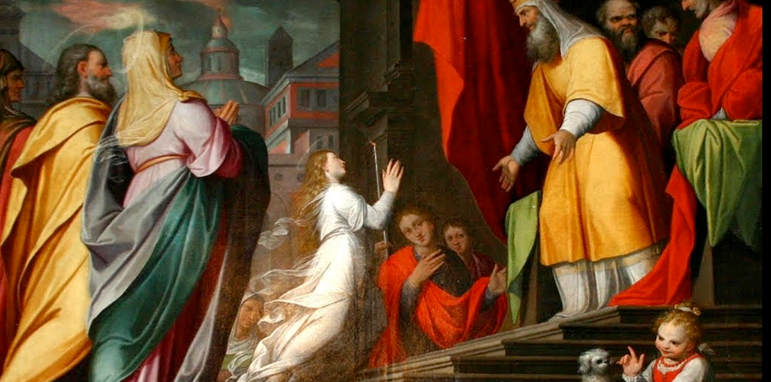
Today we celebrate the Presentation of the Blessed Virgin Mary. Stemming from an ancient Jewish tradition, this feast commemorates the occasion when Mary, at only three years old, was solemnly offered to God. She was presented by her parents, Ss. Joachim and Ann, for a life of service in the Temple.
From the sixth century, this feast was celebrated with great solemnity in the Eastern Church, coming to Rome at the end of the sixteenth.
It is the third of the three Marian feasts, which follow the infancy of Our Lady. The first being Her Nativity (September 8th), the second, the Feast of the Holy Name of Mary (September 12th) and this, Her Presentation in the Temple, 21st November. And they all reflect the Christological cycle, whereby we celebrate Our Lord’s Nativity, His Holy Name and His Presentation in the Temple.
Many years ago, when Roger and I were travelling through France, I would often notice a particular scene, depicted as a painting or a panel incorporated into a Marian altar. It was a scene of the Blessed Virgin as a young child, either kneeling before a Temple, or ascending a number a steps towards a Temple doorway. Ss. Ann and Joachim would also be depicted within the scene and close to the Temple, beckoning to little Mary, a Jewish Priest.
I found these images curious, never having previously encountered them. But in France, they were plentiful. Enquiring as to their meaning, a priest told me they represent the Presentation of the Blessed Virgin Mary in the Temple.
Insight into the early life of Our Lady comes from the Apocrypha. And this is where we find the story outlining today’s feast. It states that at only three years old, little Mary has been prepared for this event.
Holy Church provides us with an image for those months of preparation, before Ss. Ann and Joachim present their beloved daughter to God. For we find many statues depicting the young Mary, learning to read at the hands of Her saintly mother.
There is a book entitled The Life of Mary As Seen By the Mystics, by Raphael Brown. It is a compilation gathered from the visions and revelations of St. Elizabeth of Schoenau (1129-1164), St. Bridget of Sweden (1307-1373), Venerable Mary of Agreda (1602-1665) and Venerable Anne Catherine Emmerich (1774-1824) about the life of the Virgin Mary. The book details Her life, from birth to death, as understood through the visionary material of these four mystics.
It includes a beautiful account of her Presentation in the Temple, that draws largely, if not entirely, from the visions of Venerable Anne Catherine Emmerich, which we shall detail here.
According to that account, a key moment happened in Mary’s family home very early on. At three years old, Mary is being examined by three priests from the Temple in Jerusalem, to determine whether she is suitable for a life of service there. Priests and parents are astounded by her humility and determination to live only for God, at such a young age. Yet, as this account claims, unlike many three years old, Mary seems as though she were six or seven.
Extremely content to accept the holy child, the priests depart. And Ss. Joachim and Ann begin preparations for their daughter’s departure.
After weeks and months of teaching, learning and praying the saintly family are ready to make their journey. They arrive in Jerusalem at the house of St. Zacharias, the future father of St. John the Baptist. There they are cordially welcomed and refreshed before making their way to an inn, where a large gathering of family and friends is held.
Early the following morning St. Joachim travels with a group of men to the Temple, bearing sacrificial offerings. Meanwhile, St. Ann, accompanied by women and girls, leads her young daughter in solemn procession through the city.
It is a beautiful sight. Little Mary carrying a candle is dressed in pale blue, adorned with garlands of flowers. But, aside from her physical beauty, it is her holiness that most impressed those who saw her.
Arriving at the first Temple gate, the procession met with Mary’s father, the priests and the other men. Passing through this outer gate, Mary offered herself to God. On doing so, she heard a heavenly voice speak to her these beautiful words:
“Come, My beloved, My spouse, come into My Temple where I wish thee to offer Me praise and worship.”
Mary kept these things in Her heart, between Her Beloved and Herself.
Together the group continued their procession across the Temple courtyard, until they reached the foot of the fifteen steps, which lead up to the main Temple door.
Here, Ss. Joachim and Ann were to formally offer their child to God. A Priest lifted Mary onto the first of the fifteen steps. The child then turned to her parents, who solemnly blessed her whilst the priest cut some locks of her hair.
Then came the moment for Mary to ascend the steps to the Temple door. At only three years old, these steps appeared enormous, the climb arduous. But the young girl was determined to undertake this journey without aid. And so she did. Thus, the presentation ritual was completed and Mary entered the Temple itself.
Once inside, the priests prayed over her and she was welcomed by the other young girls, residing there. She then met with her teacher, the prophetess Anna.
When the time came for Ss. Joachim and Ann to bid farewell, they were deeply grieved. After exchanging a few words, many embraces and an abundance of tears, they tore themselves away. On departing, St. Ann, knowing her child’s heart, prophetically announced:
“The Ark of the Covenant is now in the Temple.” And with that they returned to Nazareth, leaving their little Mary to Her special life with God.
And Mary’s formative years are thus spent, fostering a life of holiness with Her Beloved in His Temple.
And her, we leave this narrative, turning towards what Alban Butler writes about the tradition of this feast. He explains that certain Jews offered their infant children to God, to be brought up in the Temple, where they would reside. There, the young child lived a life of service to the Priests. They would be schooled in holy matters, pray, work and worship God.
But, these children were unusual, perhaps even special, who from a very young age, displayed deep inclinations towards holiness. Parents and Priests would notice in them noble acts of devotion, dedication and love of God. This life in the Temple would foster such devotion and protect the child from the destructive influences of the world.
Regarding this, Butler writes:
Such a heart, adorned with the baptismal grace of innocence, has particular charms. [That] which bears the divine image perfect and entire, without having ever been stained with any spot, or tainted with the least corruption, is most agreeable to God.
This encapsulates perfectly, the quality of heart and the purity of soul the Blessed Virgin Mary embodied from her very conception.
She needed to be protected from the world, not because Her Immaculate soul would be tainted, for it simply could not be, but because Her life was one of total service to God. There, in the Temple She would live the life God wanted for Her, in complete surrender to and in full communion with Him.
Therefore, even at such a tender age, She could choose nothing other. For Her tiny Immaculate Heart yearned only to love God. It was a course that had been decided upon at her conception, making full sense that this is what Her Heart would desire.
So, with Mary’s Presentation, we celebrate the beginnings of Her devoted life of service. The life of the spotless creature, whom we all attempt to follow. The one who, having no other desire in Her pure Heart, could only serve God.
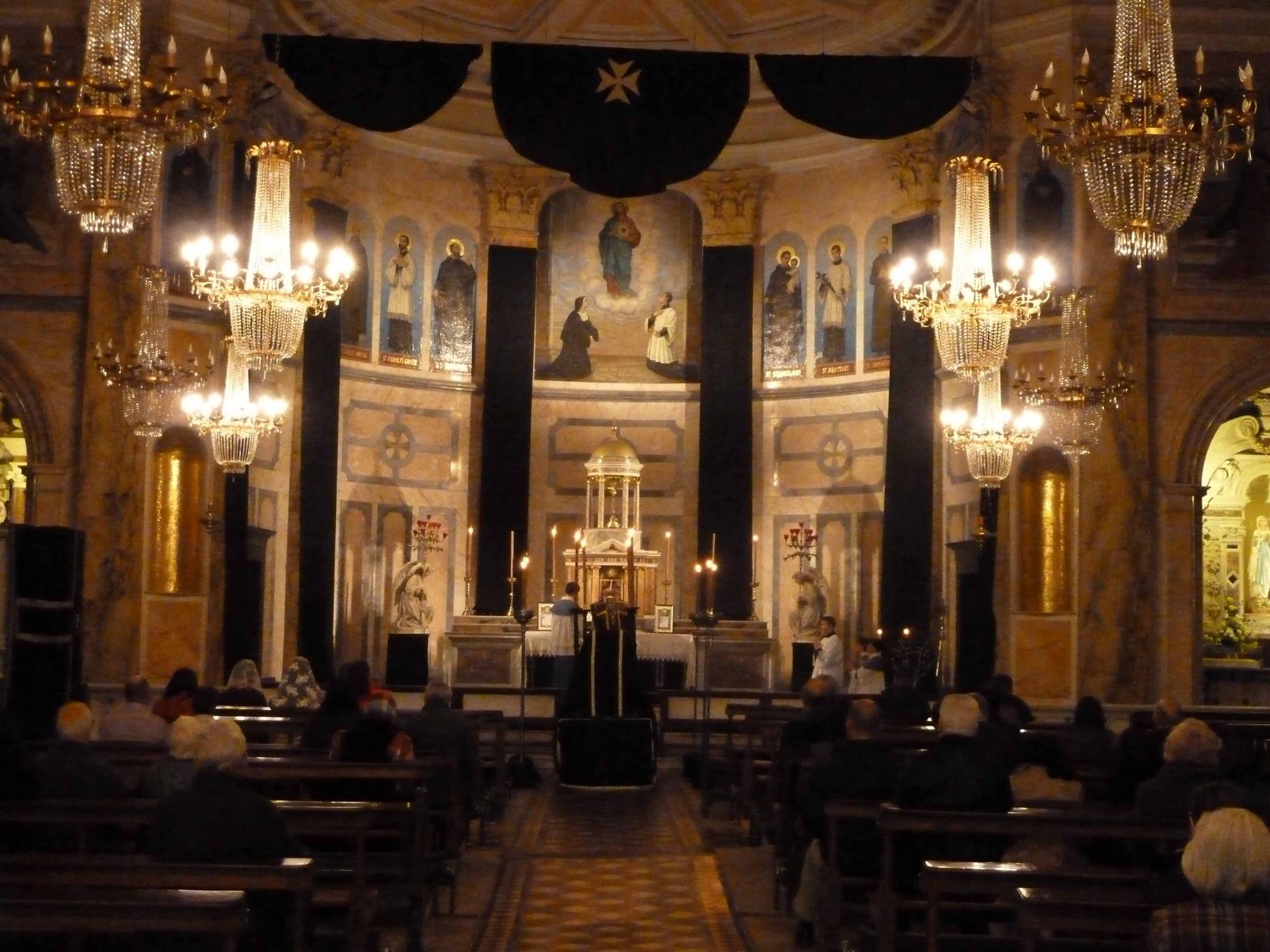
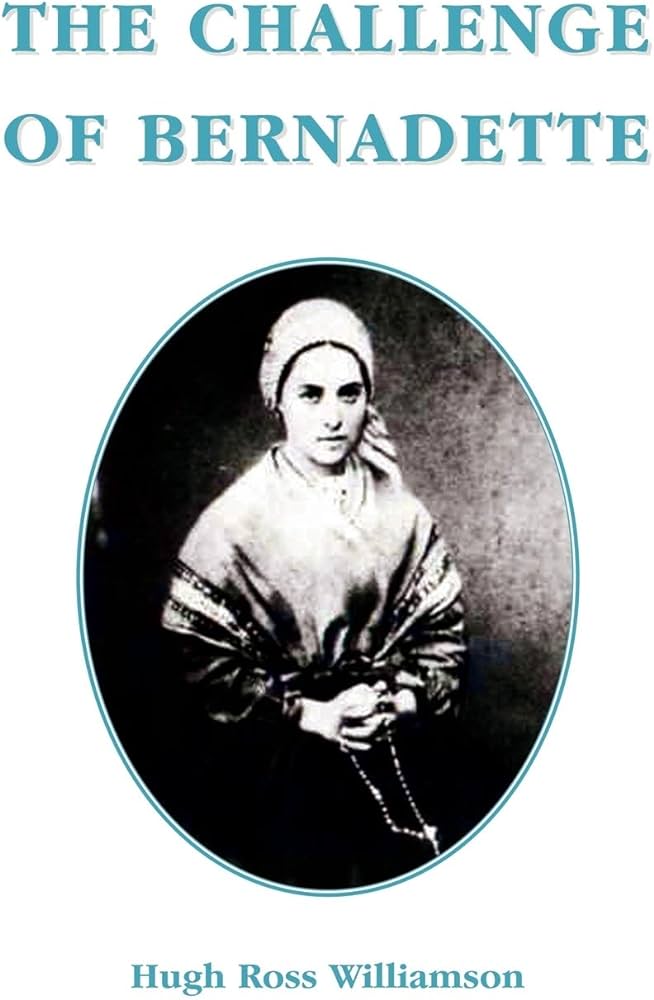
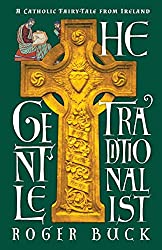



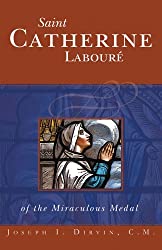
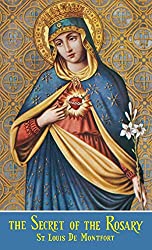
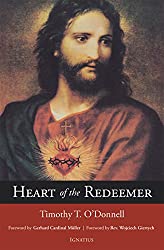
Comments
comments are currently closed
One response to “Feast of the Presentation of the Blessed Virgin Mary”
What an edifying, spirituall response to to-day’s memorial of Mary’s Presentation. Thank you, Kim